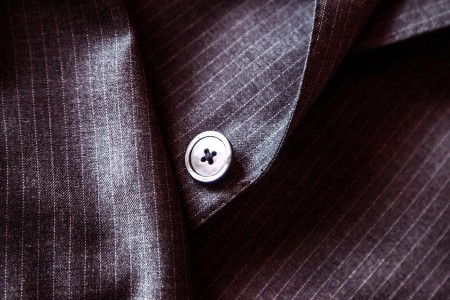Noise-cancelling earplugs have become an essential tool for many individuals seeking peace in a world filled with distractions. Whether you are a frequent traveler, a student needing to focus, or someone who simply enjoys a quiet environment, these innovative devices can significantly enhance your experience. They are designed to reduce unwanted ambient sounds, allowing you to immerse yourself in your work, relaxation, or sleep. With the increasing popularity of these earplugs, understanding their functionality, benefits, and usage is more important than ever.
Noise-cancelling earplugs operate using two primary technologies: passive and active noise cancellation. Passive noise cancellation involves physical barriers that block sound waves from entering the ear. This is typically achieved through materials that create a snug fit in the ear canal. Active noise cancellation, on the other hand, uses microphones to pick up external sounds, which are then countered by sound waves produced by the earplugs. This dual approach ensures a more comprehensive noise reduction, making them particularly effective in environments with consistent noise, like airplanes or busy offices.
When considering the effectiveness of noise-cancelling earplugs, it’s essential to evaluate their noise reduction rating (NRR). The NRR indicates how much sound the earplugs can block, measured in decibels. A higher NRR suggests better noise reduction capabilities. For example, earplugs with an NRR of 30 can block a significant amount of noise, making them suitable for loud environments. Users should select earplugs with an appropriate NRR based on their specific needs and the level of noise they are exposed to regularly.
Comfort is another critical factor when choosing noise-cancelling earplugs. Many users may find it challenging to wear earplugs for extended periods if they are not designed with comfort in mind. Look for earplugs made from soft, hypoallergenic materials that mold to the shape of the ear. Additionally, adjustable options can provide a better fit, ensuring that they remain comfortable and effective throughout the day or night.
The versatility of noise-cancelling earplugs makes them suitable for various situations. For instance, travelers often rely on them to drown out the sounds of airplanes or bustling terminals. Students use them to create a focused study environment, free from distractions. Additionally, individuals who live in noisy urban areas can benefit from using these earplugs to enhance their sleep quality. This adaptability highlights their importance in promoting well-being and productivity.
Maintenance of noise-cancelling earplugs is crucial for ensuring their longevity and effectiveness. Users should follow the manufacturer’s guidelines for cleaning and storing the earplugs. Regular cleaning helps prevent the buildup of earwax and bacteria, which can compromise their performance. Moreover, storing them in a protective case when not in use can prevent damage and prolong their lifespan.
In recent years, advancements in technology have led to the development of smart noise-cancelling earplugs. These devices can connect to smartphones and offer customizable sound profiles. Users can adjust the level of noise cancellation based on their preferences or the environment. This innovation allows for a more personalized experience, catering to the unique needs of each user.
While noise-cancelling earplugs provide numerous benefits, it’s essential to be aware of potential drawbacks. Some users may experience a feeling of pressure in their ears due to the active noise cancellation feature. Others might find that they become too reliant on them, leading to discomfort in environments where they cannot use earplugs. Understanding these limitations can help users make informed decisions about when and how to use these devices.
The market for noise-cancelling earplugs has expanded significantly, leading to a wide variety of options available to consumers. From budget-friendly models to high-end versions with advanced technology, there is something for everyone. However, it is crucial to research and read reviews before making a purchase. This ensures that users select a product that meets their specific needs and expectations.
As the demand for noise-cancelling earplugs continues to grow, future research should focus on enhancing their effectiveness and comfort. Exploring new materials and technologies could lead to even better noise reduction capabilities. Additionally, studying the long-term effects of using these earplugs could provide valuable insights into their impact on hearing health and overall well-being.
Noise-cancelling earplugs play a vital role in enhancing quality of life by providing relief from unwanted noise. As they continue to evolve, understanding their features and benefits will help users make informed choices. Future research should aim to improve their design and functionality, ensuring that they remain an essential tool for those seeking tranquility in a noisy world.

